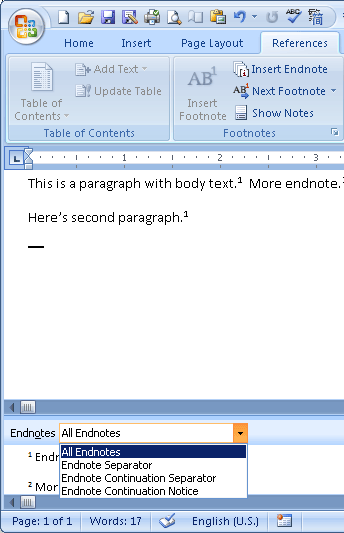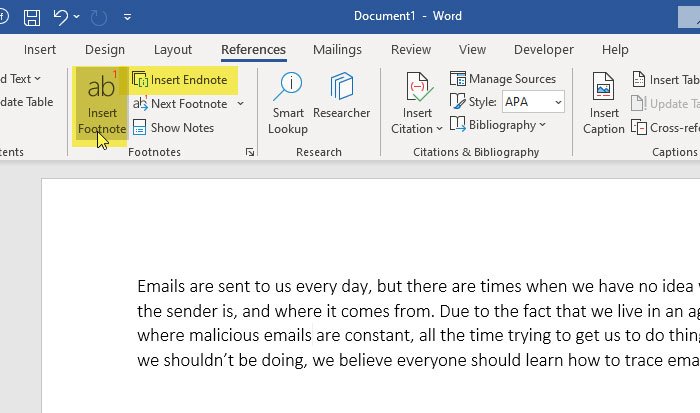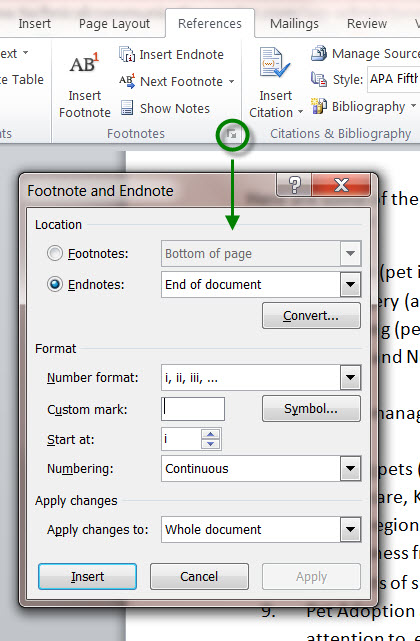

Therefore, we highly recommend you to generate a backup plan. The fact that Word corruption can happen anytime to anyone just values the backup more. And a good precautious measure is to take backups. Another conception we need to keep in mind is to guarantee the data integrity. To manage files should not include only putting them under directories. You can use this macro below: Sub ConvertEndnotesToFootnotes() _Ī = wdWebView Or = _Ī = wdSeekFootnotesĪ = wdPaneFootnotesīy the way, should you choose macro 1, you may also want to convert endnotes back to footnotes. Macro 1: Sub ConvertFootnotesToEndnotes() Choose one of the two macros and paste it there:.Next double click on the new module to bring out the coding space.At first, to run a macro, you should press “Alt+ F11” to open VBA editor.In case you find the above 2 ways a little bit tedious, you can choose the macro way. If you click on the reference number of the footnote, it brings you to the main document, so you can view them at the same time. Now there shall be a note pane at the bottom of the screen whose size you can adjust.And then click “Show Notes” option in “Footnotes” group.You can view all of them at once without the distraction from main document. Now you can see all footnotes have been converted to endnotes, placed all together at the end of document. Lastly, close the “Footnote and Endnote” box.


Now in “Footnote and Endnote” dialog box, click “Convert” button.Then right click and choose “Note Options” on the contextual menu.First off, put your insertion pointer anywhere inside the footnote area.There are clever tricks to help you view all footnotes at once. This means if you have a document in hundreds of sheets, which happen to have another hundreds of footnotes scattering around, it would be such a pain to scroll up and down with your mouse.ĭon’t worry.

In this article, we will show you 3 effectual ways to view all the footnotes at once in your Word document.īy default, footnotes are always at the end of a page.


 0 kommentar(er)
0 kommentar(er)
